Of all the visits we offer on our luxury canal cruise it’s hard to say which is my favorite but the gorgeous Château de La Bussière ranks very near the top. I’m not sure whether it is the château proper or its incredible potager (fruit and vegetable garden), dating from the 18th century, that I admire more. The original building was constructed in the 12th century as a true château-fort (stronghold or fortress). After having been besieged and partly destroyed during the religious wars of the 16th century, the main house was rebuilt in the 17th.
To enter the courtyard of the château you pass through the original 12th century tower. Sitting on its own little peninsula in the middle of a 15-acre lake it is an impressive edifice. The original moat is visible but is dry now. When the château was built it needed the protection of a deep moat and drawbridge because it was on the French “silk road” from Lyons to Paris. This road is now N7, a major national road that we drive on frequently.


click on images to enlarge
During the reign of Louis XIV, Charles du Tillet, then owner of the estate, was raised to the rank of marquis, the du Tillet family having been barons of La Bussière since 1585. In keeping with the dignity of his new title, Charles, Marquis du Tillet engaged the famous landscape architect, André Le Nôtre, to improve the design of the château’s gardens. Le Nôtre (who had done the gardens at Versailles) remade the gardens at La Bussière in the then current style and to this day they remain true to his design.
In 1776 Henriette-Charlotte du Tillet married Philibert, Marquis de Fumel-Montségur. During the revolution Philibert fled to England and the château was siezed by the government. However, Henriette-Charlotte had already separated from her husband and was able to prove that she had not emigrated, so the château was returned to her. Deeply in debt she was forced to sell the château in 1798.
In 1814 the château was purchased by Alphonse Duchemin, Comte de Chasseval, the current owner’s ancestor. The dowager Countess, Geneviève de Chasseval, still lives at the château though not in the castle itself but in an apartment in one of the surrounding buildings, known as the farm buildings. We are often lucky enough to encounter the Countess and have a conversation about La Bussière and its famous gardens. Sometimes we will find her gardening and she is more than happy to talk about the remarkable flowers, fruits, and vegetables that are grown there.
Exploring the Jardin Remarquable is a delightful moment of your French canal cruise
Many find the best part of the visit is walking the gardens and grounds. Depending upon the season, the potager can be positively groaning under the abundance of produce; and the flowers are breathtaking, with an astounding array of species and colors.
There are extraordinary examples of espaliers—trained fruit trees—apples and pears of nearly innumerable variety, clearly hundreds of years old. There is an alley of quinces, which look like huge pears. There is every type of vegetable you could think of: berries dripping from their bushes; tomato varietals that make you drool; an arbor of squash looking like colored lanterns; the list goes on and on. The garden is truly remarkable! It’s no wonder that in 2004 the French Ministry of Culture awarded the potager of La Bussière the title of Jardin Remarquable.
We are often asked why we are not allowed to pick the fruit and veggies, especially as they do drop to the ground and there is no way they can all be consumed by the Countess, her family, and staff. The answer we were given—which seems reasonable—is that the appeal of the gardens is in their completeness and if they were stripped there would be nothing to look at.
However, in recent years the Countess planted a huge area of the potager with raspberries, blackberries, and black and red currants, which visitors are allowed to pick. We’ve gone berry picking several times with guests. The fruits of your foraging are weighed and paid for in the chateau’s shop, with all proceeds going to the gardens’ upkeep. You cannot imagine how delicious these are, huge, perfect, and fragrant. We’ve picked kilos and kilos of them. We’ve eaten them fresh and cooked; chef has made delicious tarts and ice-creams; and I’ve made copious jars of jams.
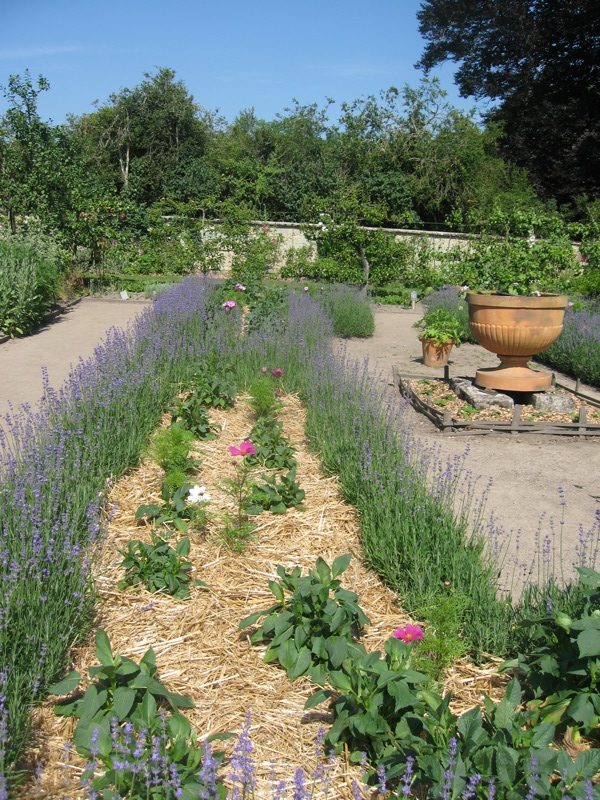







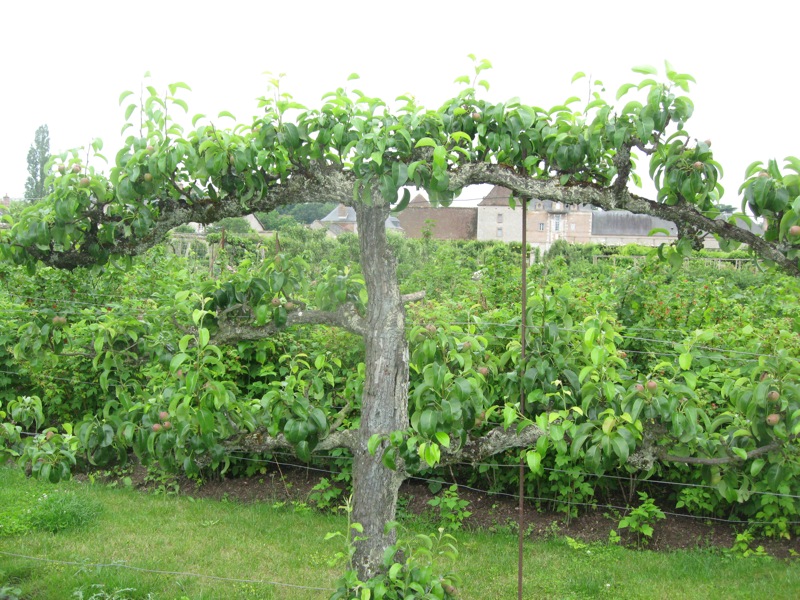

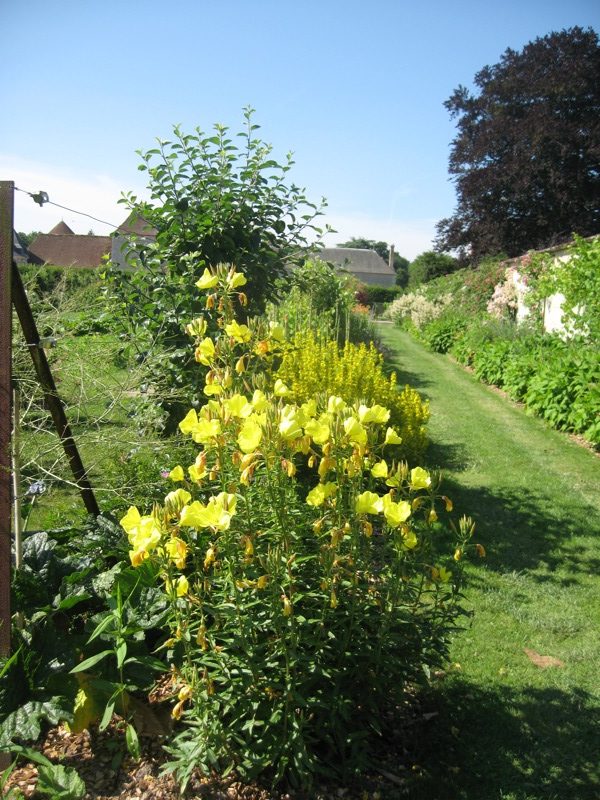



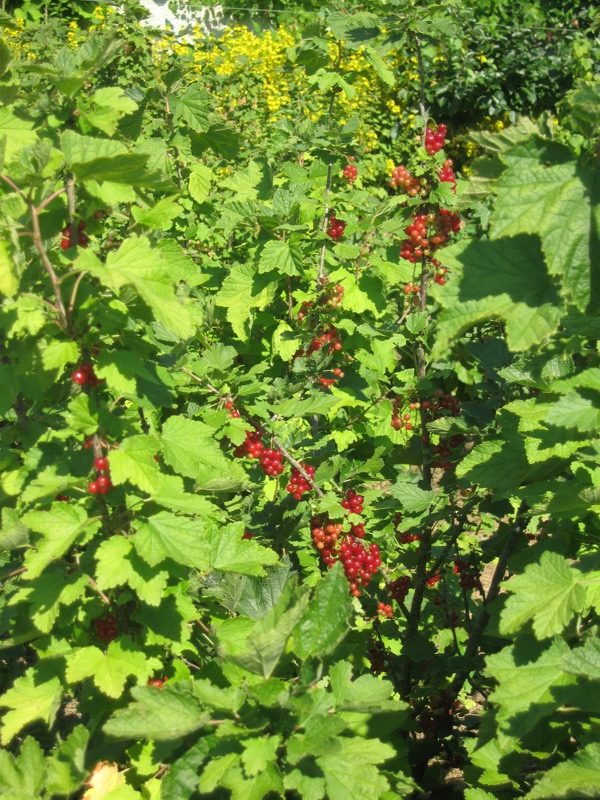


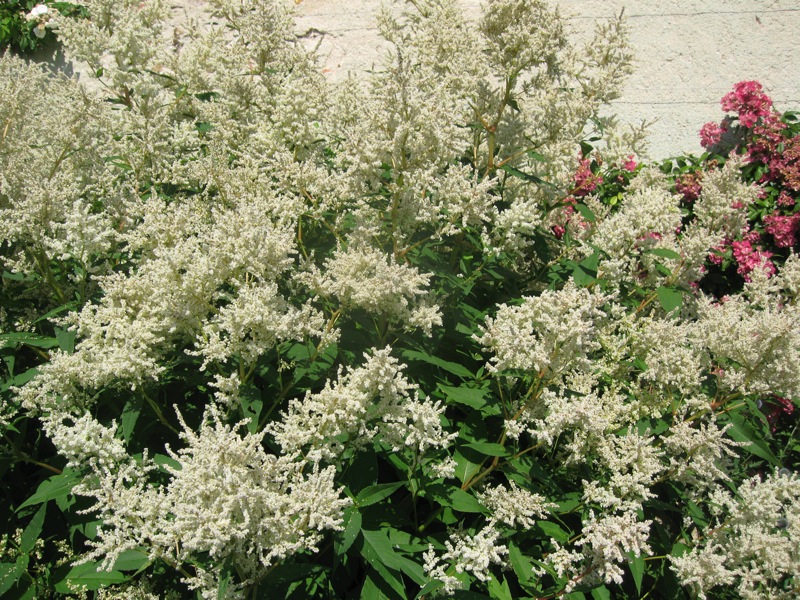
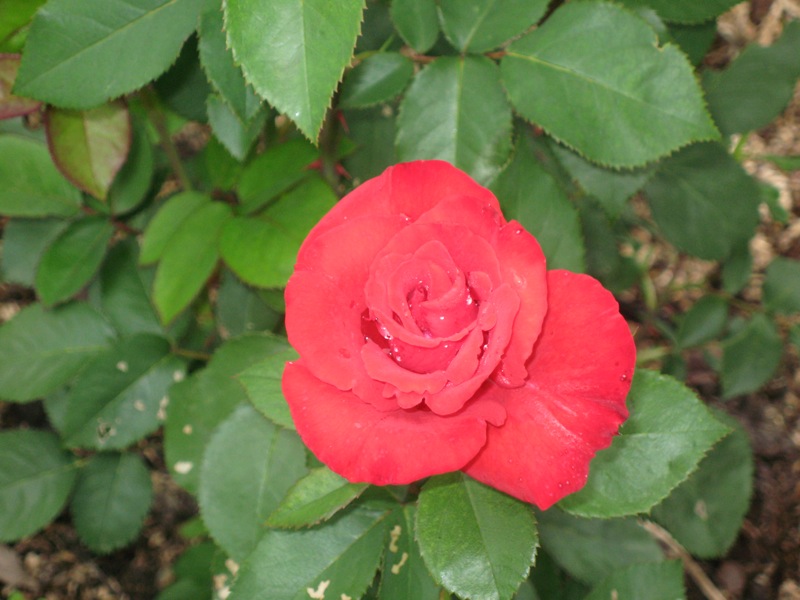










click on images to enlarge
Winding one’s way through the chateau’s many gardens one comes to appreciate the wisdom of the old proverb displayed there:
If you want to be happy for an hour, have a good meal.
If you want to be happy for three hours, get tipsy.
If you want to be happy for a year, get married.
If you want to be happy your whole life, plant gardens.
No visit to La Bussière would be complete without a tour of the interior of the château, another highlight of your French canal cruise.
Of course the interior of the château is an essential part of the visit. In the older parts of the buildings the rooms have been restored to their historic aspect. In the newer rooms the furnishings are as they were when interior renovations were made in the 19th century.
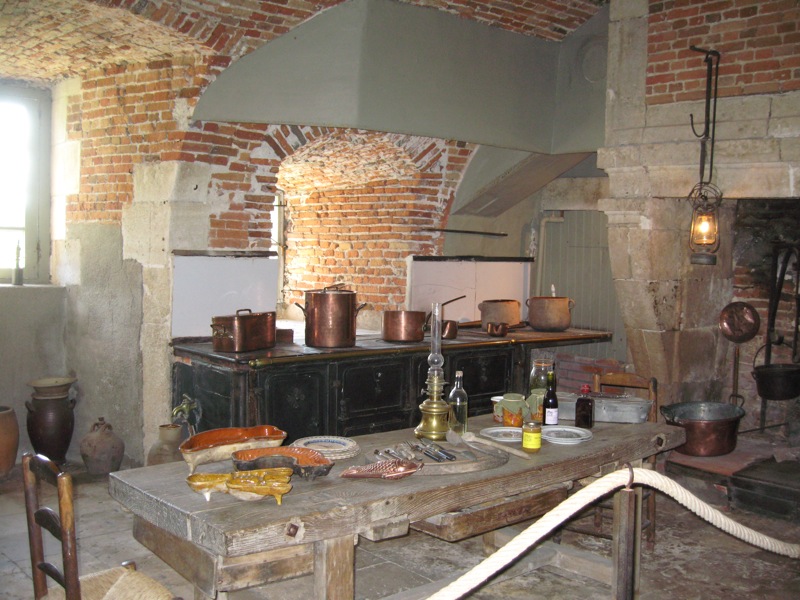
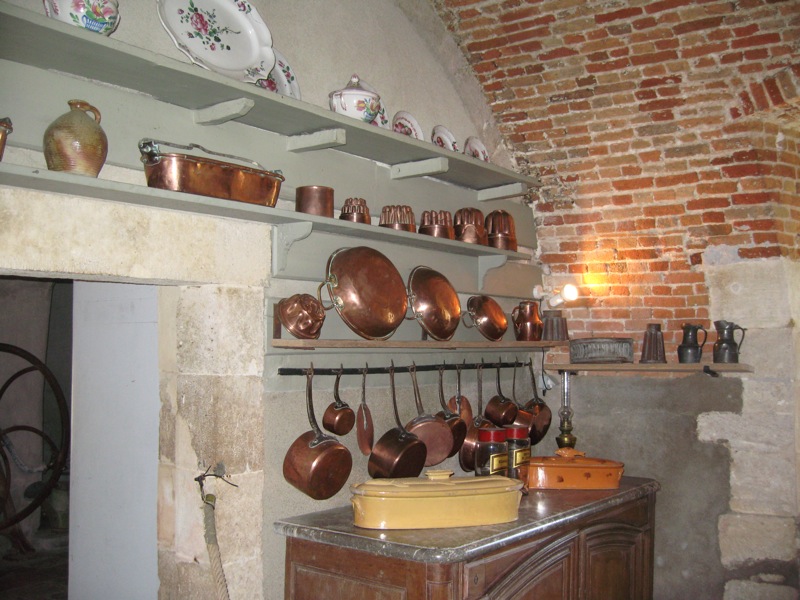




click on images to enlarge
Particularly apropos for a luxury canal cruise is the château’s collection of fishing art and gear.
When the late Count Henri and Countess Geneviève opened the château to the public in 1962 one of the first things they did was to exhibit the château’s extensive fresh-water fishing collection in the public rooms, turning the château into something of a museum of fishing. Thus, to the locals it has affectionately become known as the Château des pêcheurs, the fishermen’s castle. Boasting a wide array of fishing paraphernalia—rods, reels, floats, and creels—both ancient and modern, a large collection of fish-related art—paintings, prints, sculptures, and ceramics—and even a coelacanth preserved in formaldehyde, the Musée de la pêche is not to be missed by anyone interested in angling.
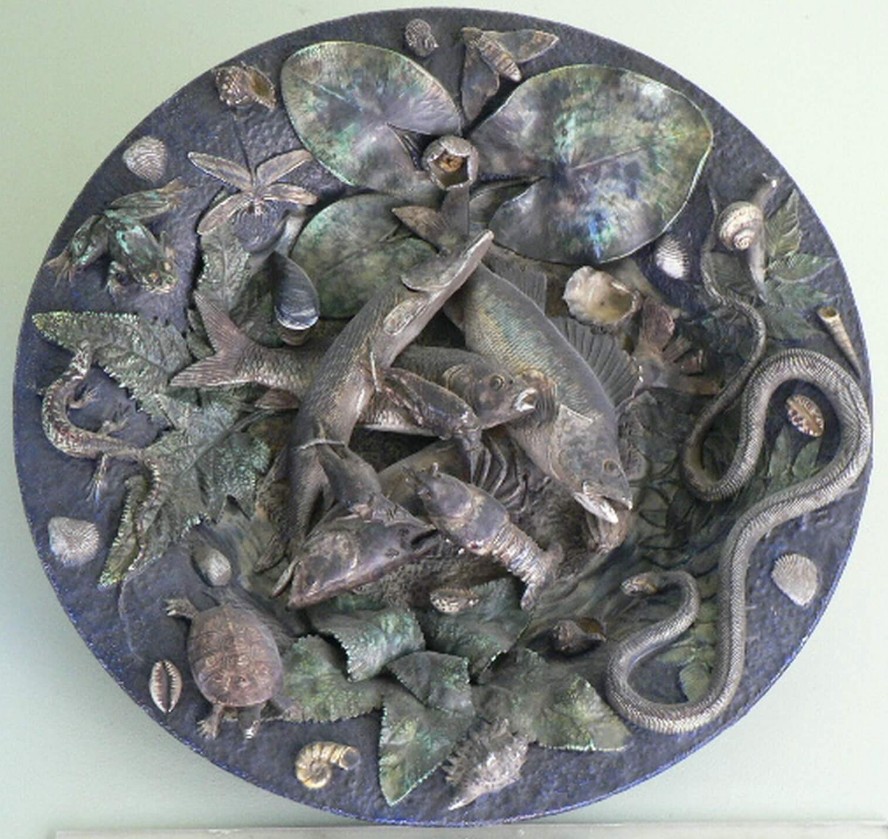
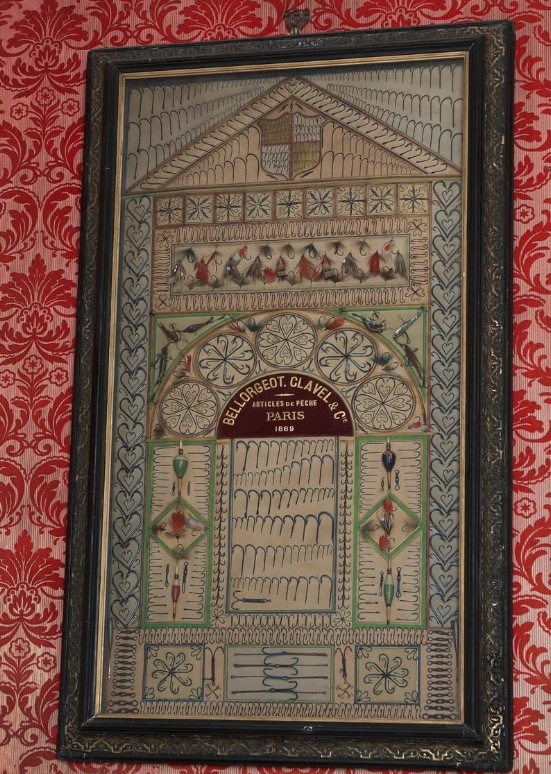


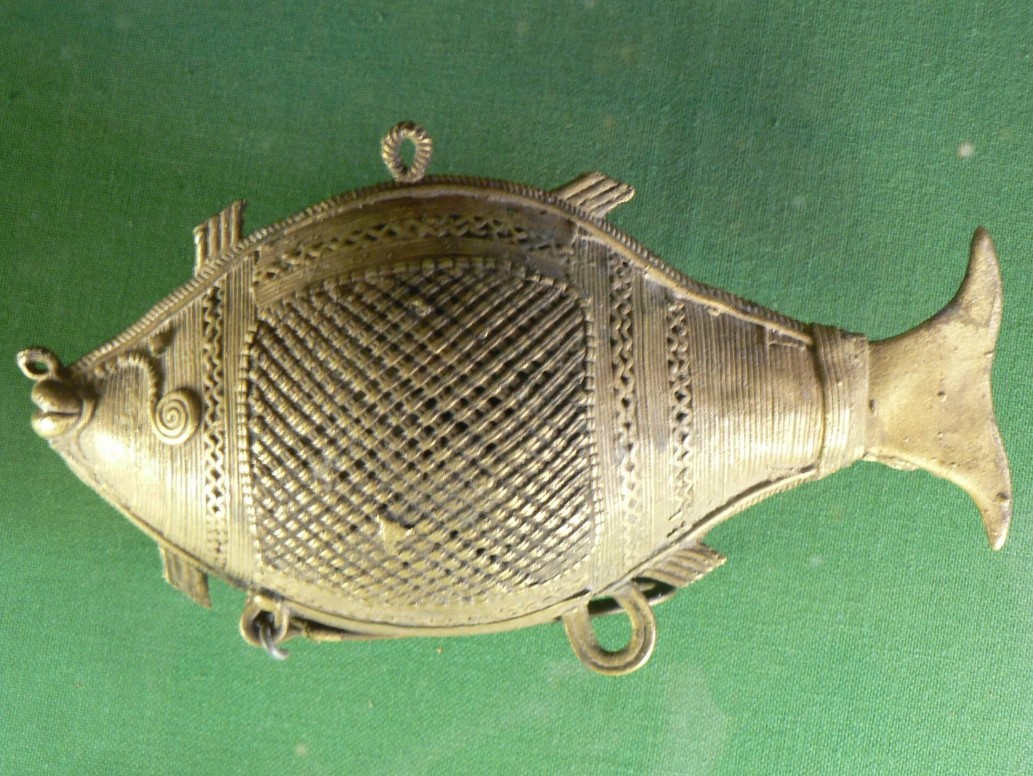
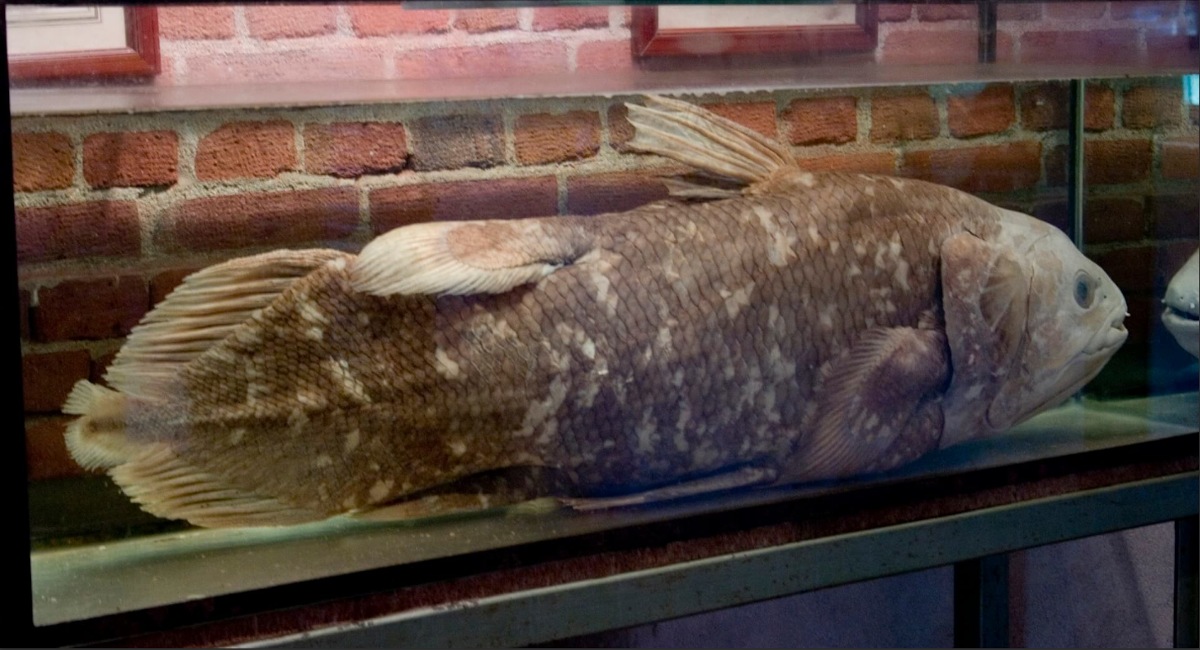
click on images to enlarge
In 2012 the Countess handed over the management of the château and its gardens to Bertrand and Laure Bommelaer, her daughter and son-in-law. With financial help from the Regional Department of Cultural Affairs and the General Council of Loiret, as well as from private donors, they have been able to restore more of the château and open more rooms and areas of the park to the public.
So that’s La Bussière. We hope you’ve enjoyed this virtual visit, and we here on Meanderer would love to be your guides on an actual visit during your luxury French canal cruise.

